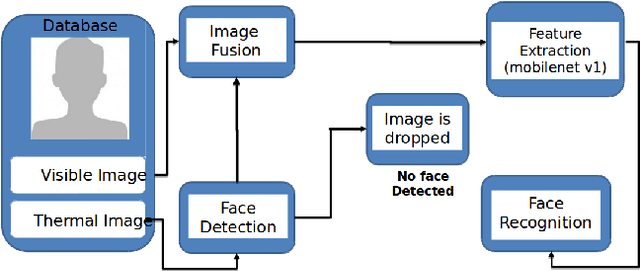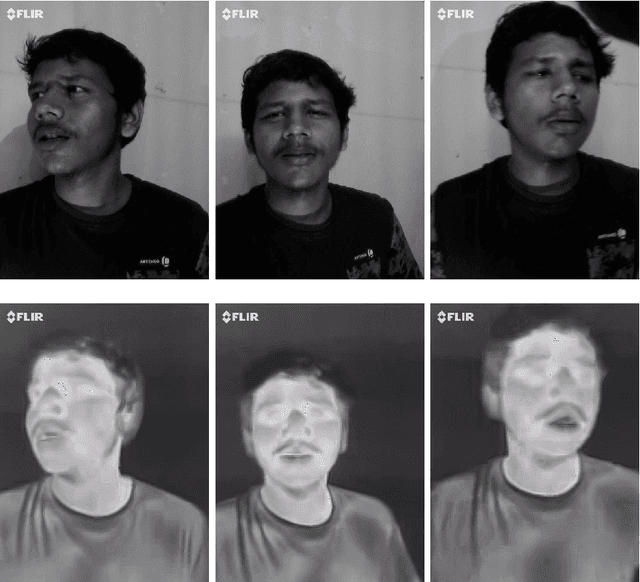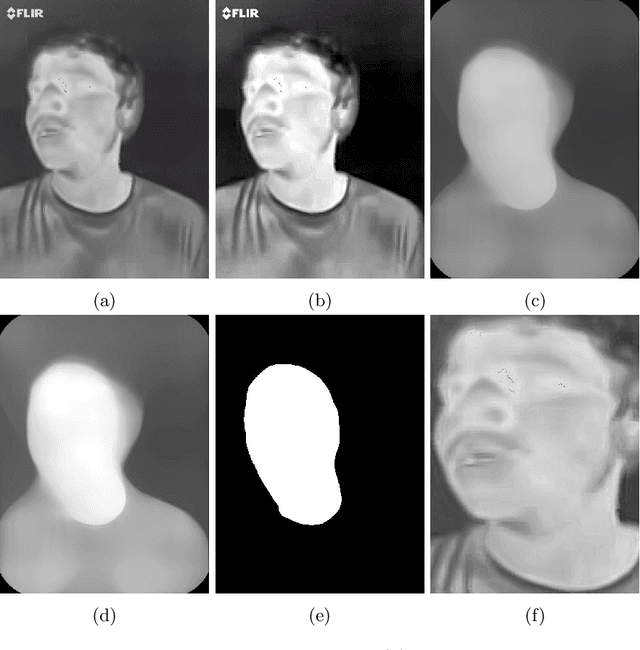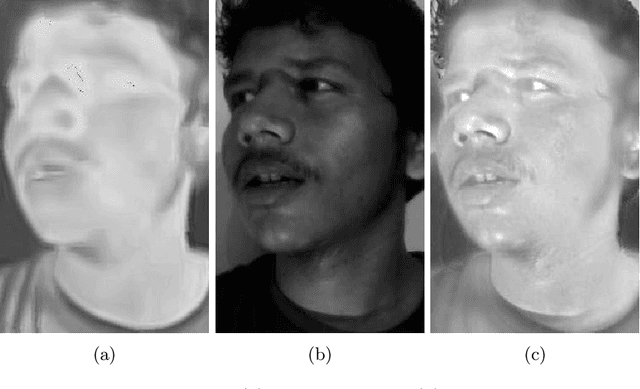Shubhobrata Bhattacharya
Dual Channel Multi-Attention in ViT for Biometric Authentication using Forehead Subcutaneous Vein Pattern and Periocular Pattern
Dec 26, 2024Abstract:Traditional biometric systems, like face and fingerprint recognition, have encountered significant setbacks due to wearing face masks and hygiene concerns. To meet the challenges of the partially covered face due to face masks and hygiene concerns of fingerprint recognition, this paper proposes a novel dual-channel multi-attention Vision Transformer (ViT) framework for biometric authentication using forehead subcutaneous vein patterns and periocular patterns, offering a promising alternative to traditional methods, capable of performing well even with face masks and without any physical touch. The proposed framework leverages a dual-channel ViT architecture, designed to handle two distinct biometric traits. It can capture long-range dependencies of independent features from the vein and periocular patterns. A custom classifier is then designed to integrate the independently extracted features, producing a final class prediction. The performance of the proposed algorithm was rigorously evaluated using the Forehead Subcutaneous Vein Pattern and Periocular Biometric Pattern (FSVP-PBP) database. The results demonstrated the superiority of the algorithm over state-of-the-art methods, achieving remarkable classification accuracy of $99.3 \pm 0.02\%$ with the combined vein and periocular patterns.
Illumination-invariant Face recognition by fusing thermal and visual images via gradient transfer
Feb 23, 2019



Abstract:Face recognition in real life situations like low illumination condition is still an open challenge in biometric security. It is well established that the state-of-the-art methods in face recognition provide low accuracy in the case of poor illumination. In this work, we propose an algorithm for a more robust illumination invariant face recognition using a multi-modal approach. We propose a new dataset consisting of aligned faces of thermal and visual images of a hundred subjects. We then apply face detection on thermal images using the biggest blob extraction method and apply them for fusing images of different modalities for the purpose of face recognition. An algorithm is proposed to implement fusion of thermal and visual images. We reason for why relying on only one modality can give erroneous results. We use a lighter and faster CNN model called MobileNet for the purpose of face recognition with faster inferencing and to be able to be use it in real time biometric systems. We test our proposed method on our own created dataset to show that real-time face recognition on fused images shows far better results than using visual or thermal images separately.
SPECFACE - A Dataset of Human Faces Wearing Spectacles
Aug 11, 2016



Abstract:This paper presents a database of human faces for persons wearing spectacles. The database consists of images of faces having significant variations with respect to illumination, head pose, skin color, facial expressions and sizes, and nature of spectacles. The database contains data of 60 subjects. This database is expected to be a precious resource for the development and evaluation of algorithms for face detection, eye detection, head tracking, eye gaze tracking, etc., for subjects wearing spectacles. As such, this can be a valuable contribution to the computer vision community.
* 5 pages, 9 figures, 1 Table. arXiv admin note: text overlap with arXiv:1505.04055
 Add to Chrome
Add to Chrome Add to Firefox
Add to Firefox Add to Edge
Add to Edge